Africa’s islands offer some of the world’s most extraordinary wildlife encounters, from
rare lemurs to giant tortoises. These pristine sanctuaries provide unique
opportunities to witness species found nowhere else on Earth.
Whether you’re an experienced wildlife enthusiast or a curious traveler, these island
destinations promise unforgettable natural experiences.
Madagascar – Ranomafana National Park

The eastern rainforests of Madagascar showcase an incredible diversity of lemur
species, including the rare golden bamboo lemur. In Ranomafana, over 12 lemur
species live among ancient trees draped with orchids and ferns.
Local guides can help you track these fascinating primates while sharing insights about their behaviors and the park’s conservation efforts. Walking through these misty forests feels like returning to a world untouched by modern civilization.
Seychelles – Aldabra Atoll
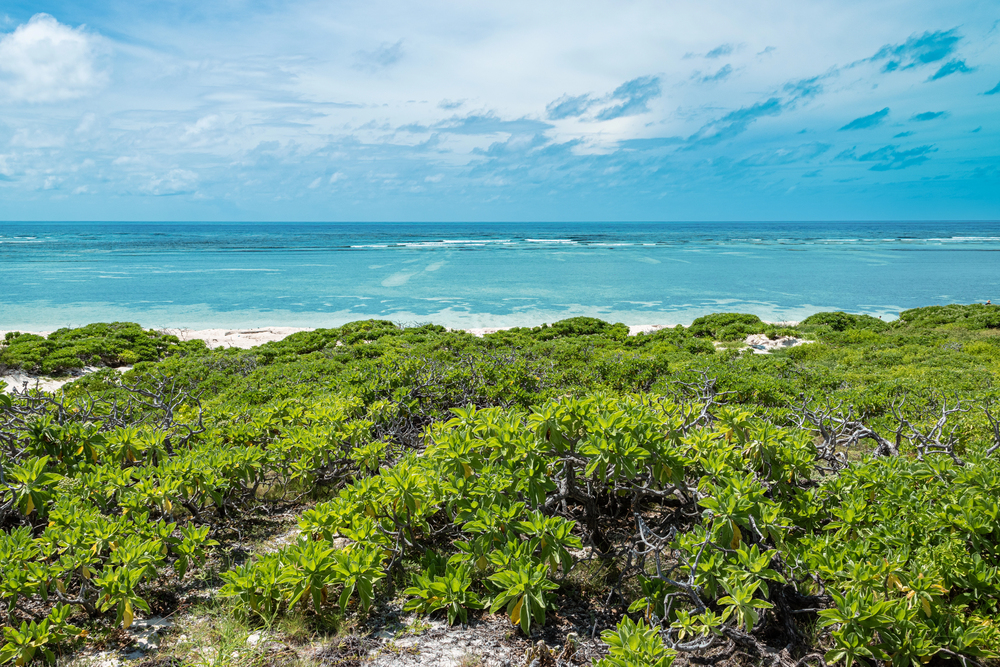
Aldabra Atoll is home to the world’s largest giant tortoises, over 100,000 of these
ancient creatures. These gentle giants roam freely across the coral islands, grazing
on native grasses and gathering near coastal pools.
The atoll’s protected status has created a pristine environment where you can observe these remarkable reptiles in their natural habitat. The clear waters surrounding the atoll teem with sea turtles and rare marine life.
Like Travel Pug’s content? Follow us on MSN.
Mauritius – Black River Gorges
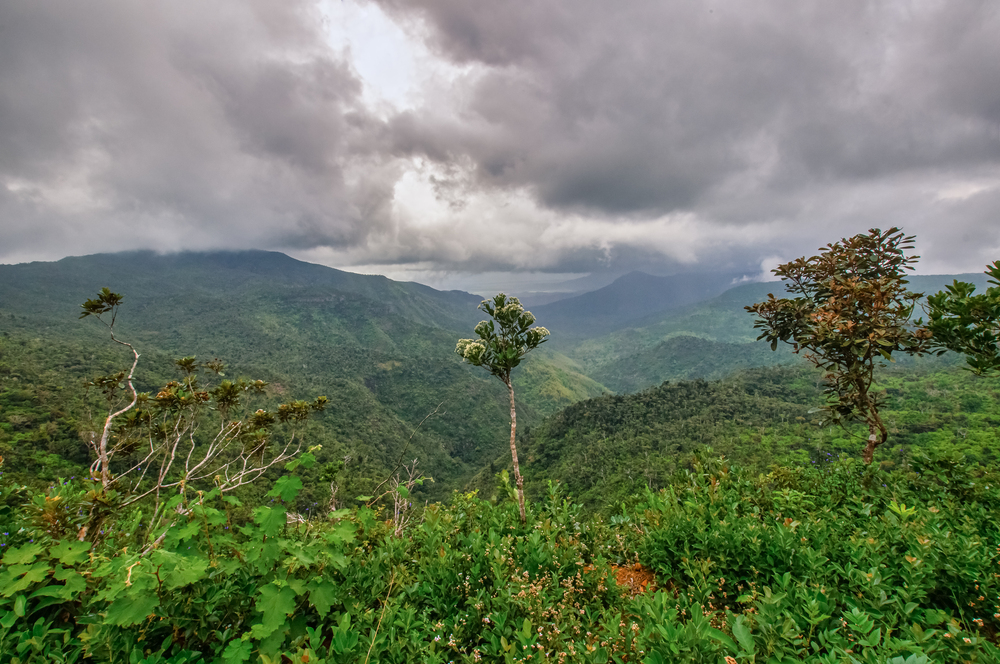
This stunning national park serves as a sanctuary for some of the world’s rarest
birds, including the pink pigeon and Mauritius kestrel. The dense forest canopy
harbors these endangered species while providing breathtaking views across the
island’s southwestern mountains.
Local conservation programs have helped these birds recover from near extinction. Hiking through the gorges offers excellent opportunities for birdwatching and wildlife photography.
Zanzibar – Jozani Forest
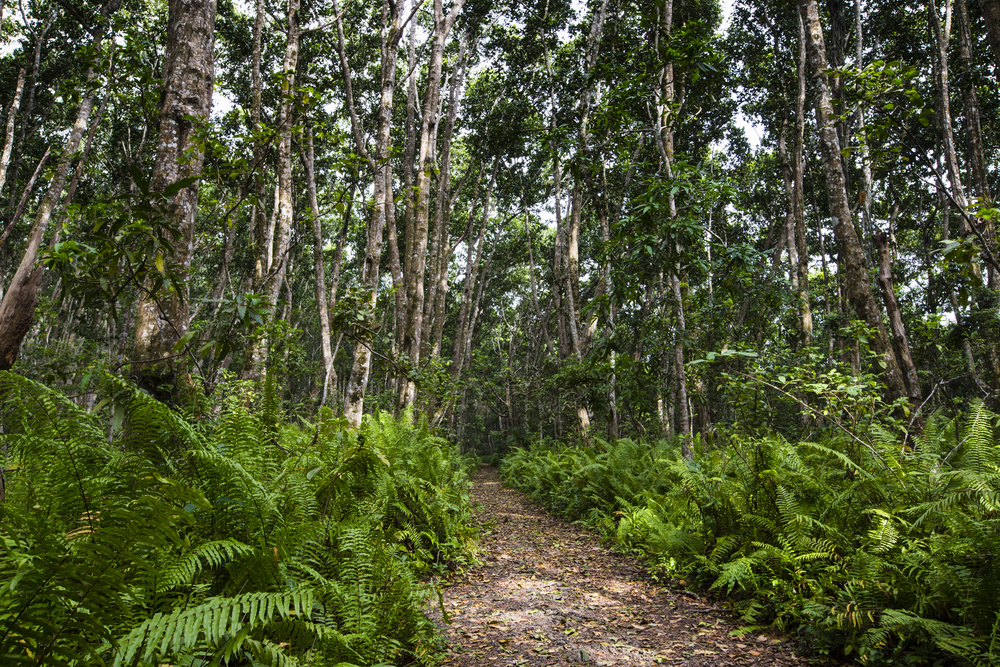
The ancient Jozani Forest protects the endangered red colobus monkey, found only
in this Tanzanian archipelago. These distinctive primates live alongside other species in this unique coastal forest ecosystem, which combines mangrove swamps
with tropical hardwood groves.
Early morning visits offer the best chances to observe the monkeys’ social interactions and feeding behaviors. The forest’s elevated boardwalks provide excellent viewing platforms while protecting the sensitive habitat.
Príncipe – Praia Sundy
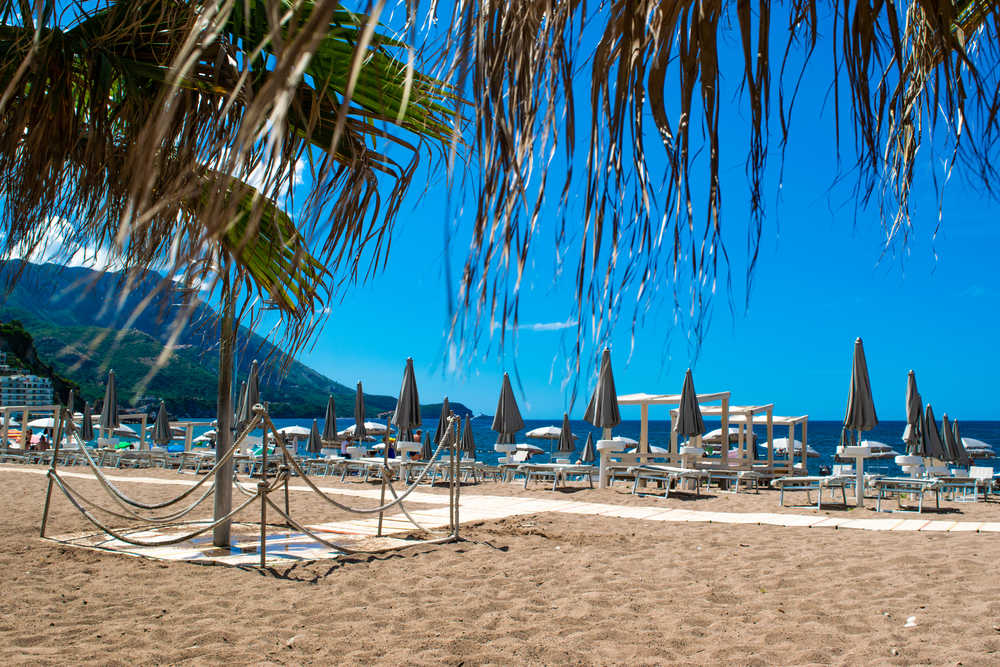
This remote island in the Gulf of Guinea is home to incredible marine biodiversity
and nesting sea turtles. The pristine beaches serve as crucial nesting grounds for
four species of sea turtles, including the endangered hawksbill.
Local conservation efforts have created protected areas where visitors can witness turtle nesting and hatching events. The surrounding waters offer excellent snorkeling opportunities to observe vibrant coral reefs and tropical fish.
Like Travel Pug’s content? Follow us on MSN.
Socotra – Homhil Protected Area
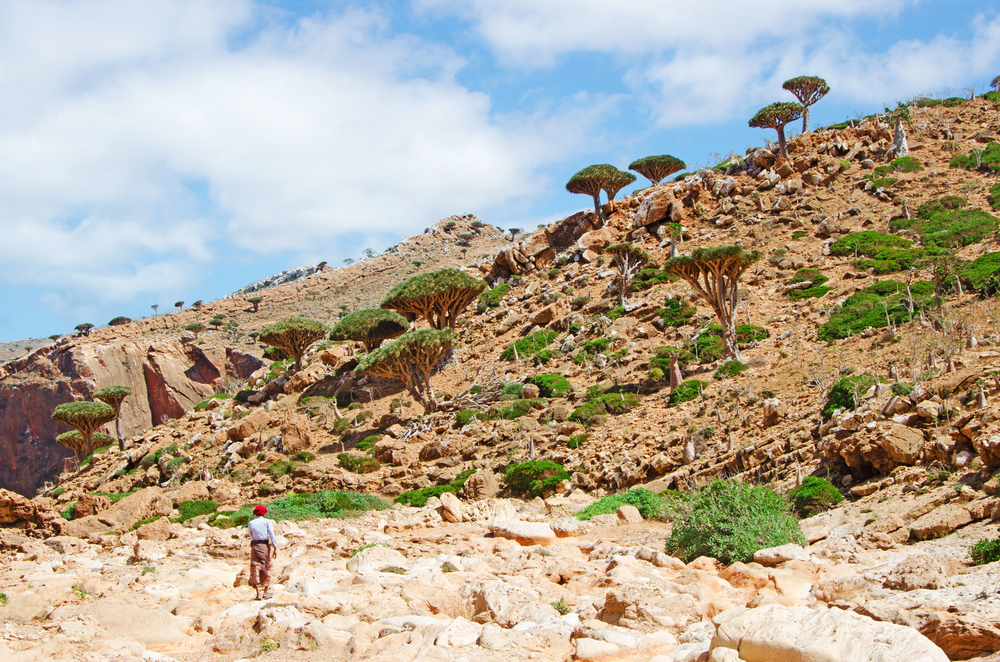
Yemen’s otherworldly island features the iconic Dragon Blood trees and unique
desert wildlife. The ancient dragon blood forest provides a habitat for rare birds and
reptiles found nowhere else on Earth.
Scientists continue discovering new species in this isolated ecosystem, often called the ‘Galapagos of the Indian Ocean.’ The combination of unusual plant life and endemic wildlife makes this a truly unique destination.
Pemba – Ngezi Forest
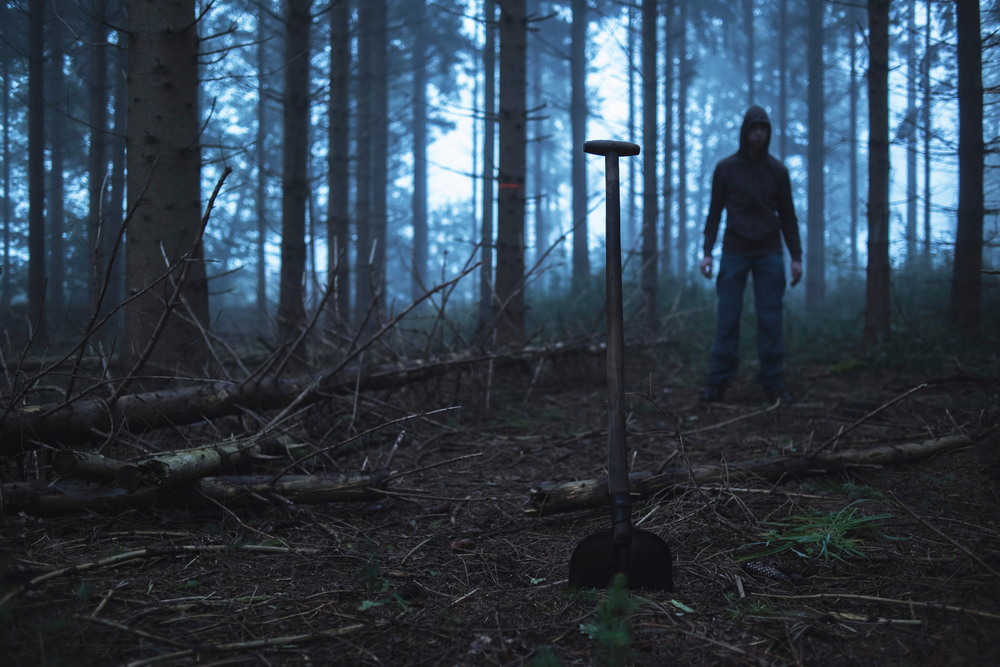
This ancient forest reserve on a Tanzanian island protects the endemic Pemba flying
fox, the world’s largest bat species. These magnificent creatures can be observed at
dawn and dusk as they move between feeding sites.
The forest also hosts numerous bird species and small primates unique to the island. Local guides share traditional knowledge about the forest’s medicinal plants and wildlife.
Nosy Be – Lokobe Reserve
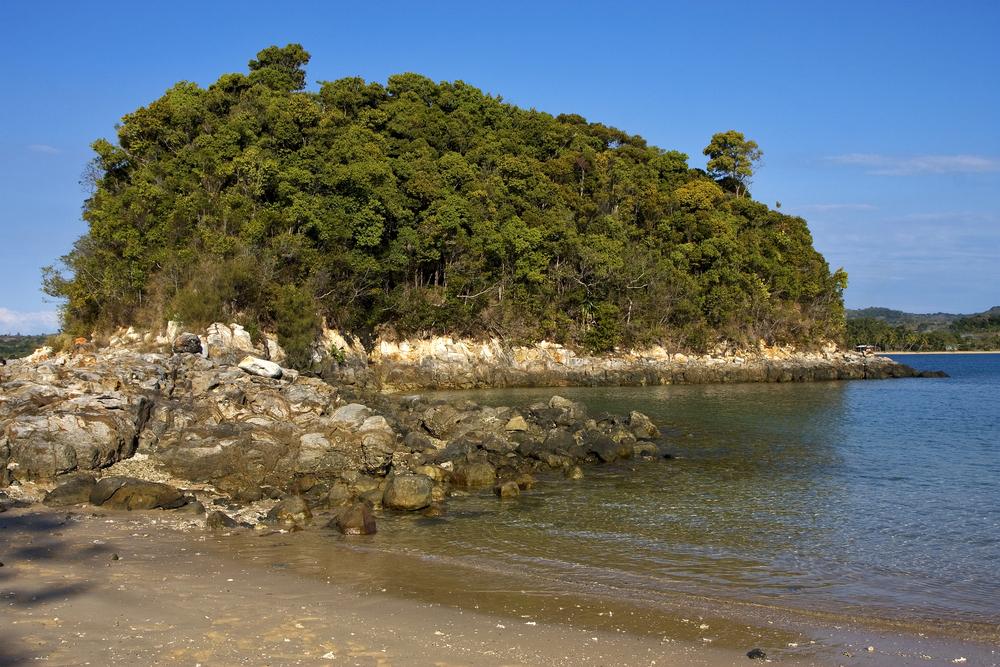
Madagascar’s premier island reserve showcases black lemurs and panther
chameleons in their natural habitat. The pristine rainforest contains numerous
species of orchids and medicinal plants that local communities use.
Nocturnal walks reveal rare nocturnal lemurs and other fascinating creatures. The reserve’s proximity to the ocean creates a unique ecosystem where the rainforest meets coral reefs.
Like Travel Pug’s content? Follow us on MSN.
Bijagós – Orango National Park
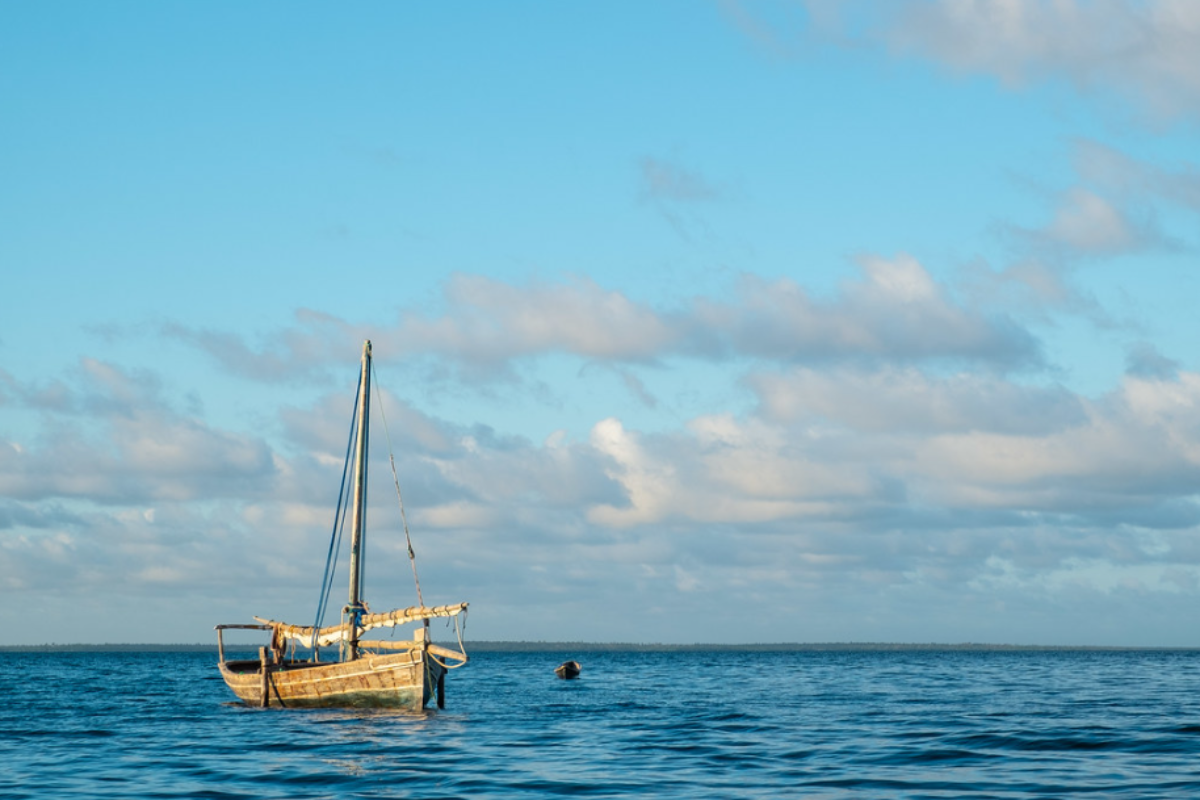
This Guinea-Bissau archipelago hosts West Africa’s largest population of saltwater
hippos. These unusual hippos have adapted to living in both freshwater and marine environments.
Local communities have traditionally protected these animals, considering them sacred. The islands also serve as important nesting grounds for sea turtles and rare birds.
Mafia – Chole Bay
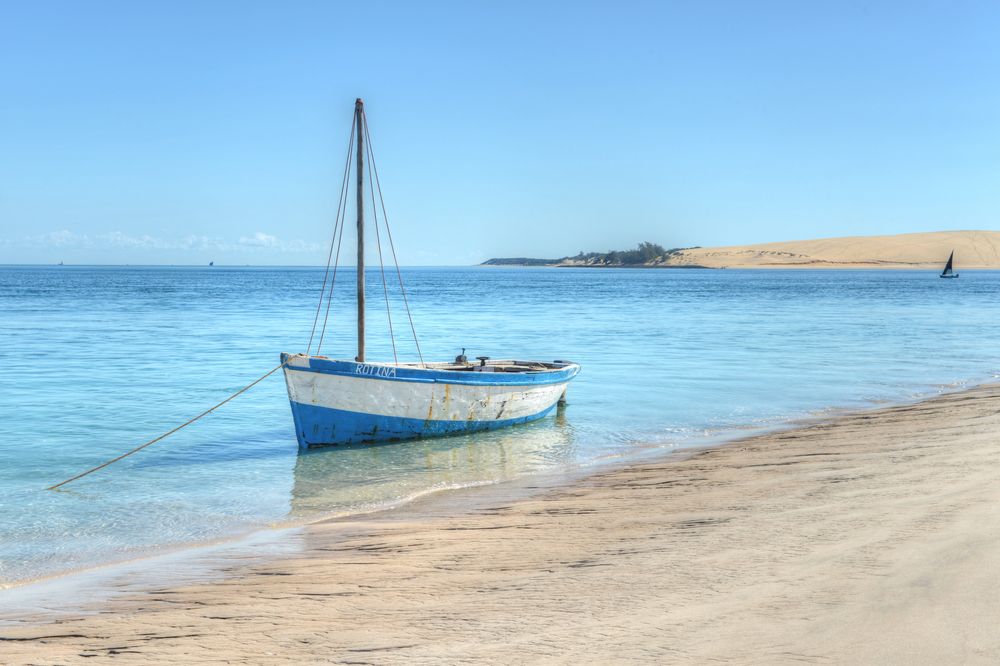
Tanzania’s hidden gem offers whale shark encounters and pristine coral reefs. The
protected marine park provides a haven for these gentle giants between October and
March.
Local fishermen have developed sustainable practices that help protect the marine ecosystem. The bay’s mangrove forests serve as nurseries for numerous fish species.
Bazaruto – Two Mile Reef
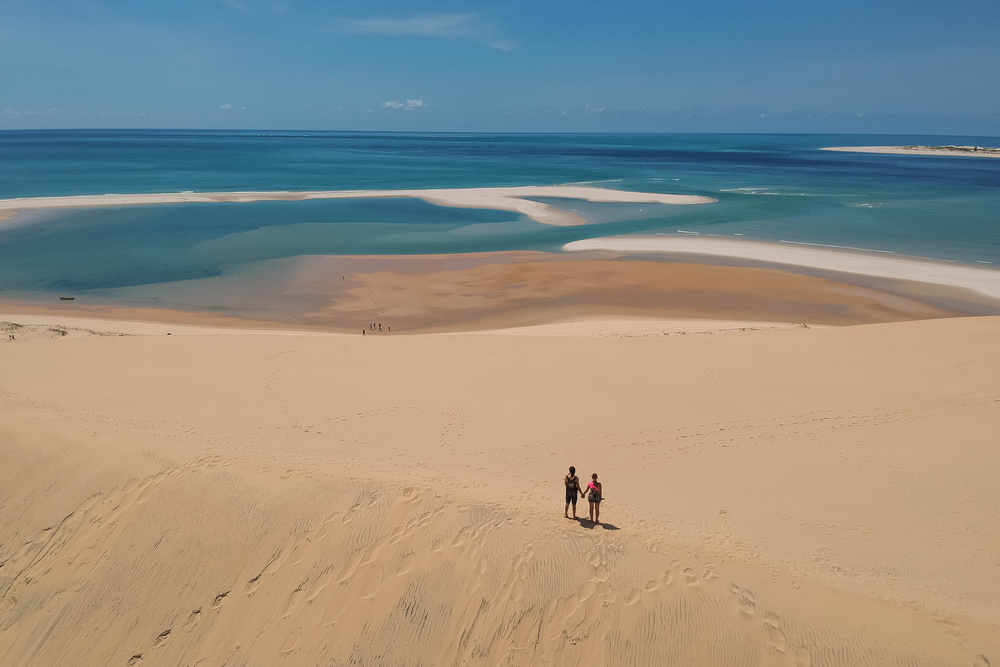
Mozambique’s largest marine park protects dugongs and pristine coral gardens. The
archipelago’s extensive seagrass beds support one of the last viable dugong
populations in Eastern Africa.
Traditional fishing communities work alongside conservation efforts to protect these rare marine mammals. The crystal-clear waters provide excellent visibility for observing marine life.
Like Travel Pug’s content? Follow us on MSN.
Mohéli – Marine Park
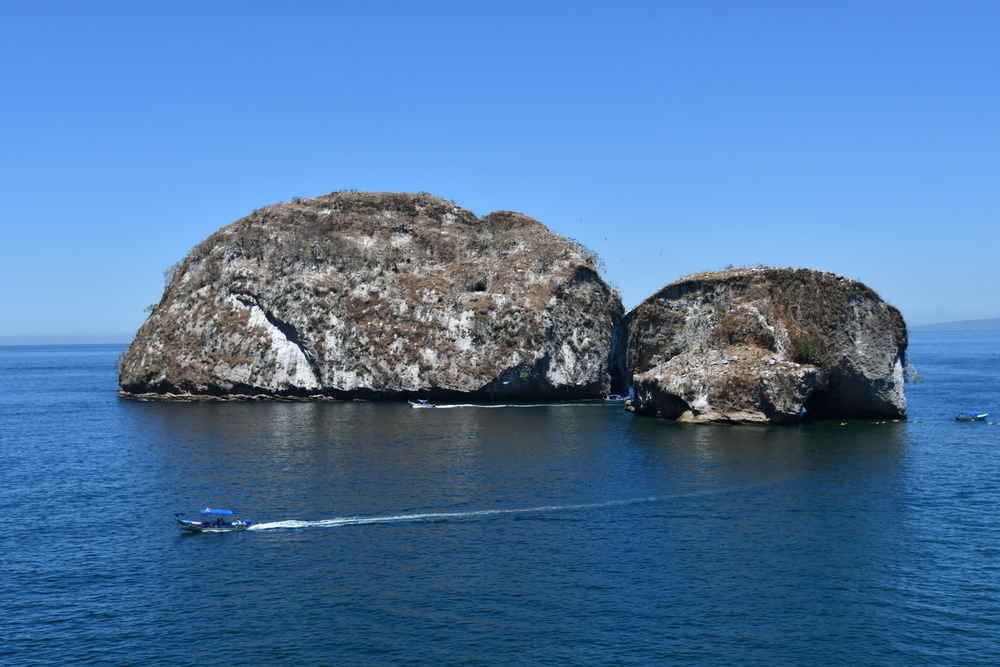
The Comoros is the premier wildlife destination, showcasing nesting sea turtles and
diverse marine life. The protected waters around the island support numerous
dolphin and whale species.
Local communities actively participate in conservation efforts and serve as guardians of the marine park. The combination of volcanic landscapes and marine diversity creates unique wildlife viewing opportunities.
Rodrigues – François Leguat Reserve
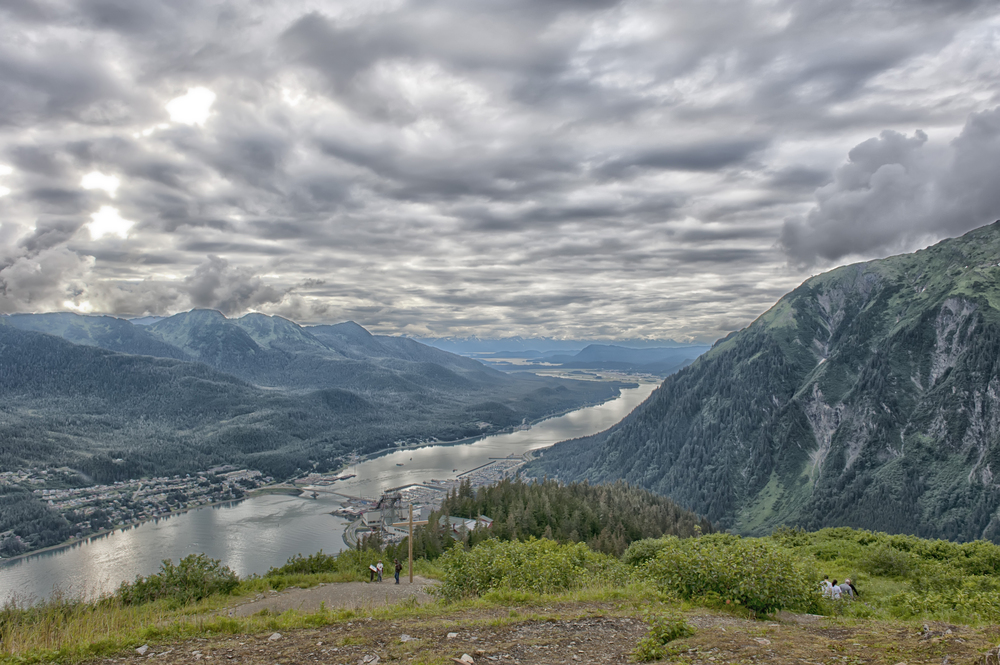
The giant tortoise breeding program on this Mauritian island helps restore the
island’s ecosystem. The reserve works to recreate the original habitat that existed
before human settlement.
Visitors can observe both adult and juvenile tortoises in a natural setting. The project also focuses on protecting endemic plant species.
Anjouan – Mwali Marine Park
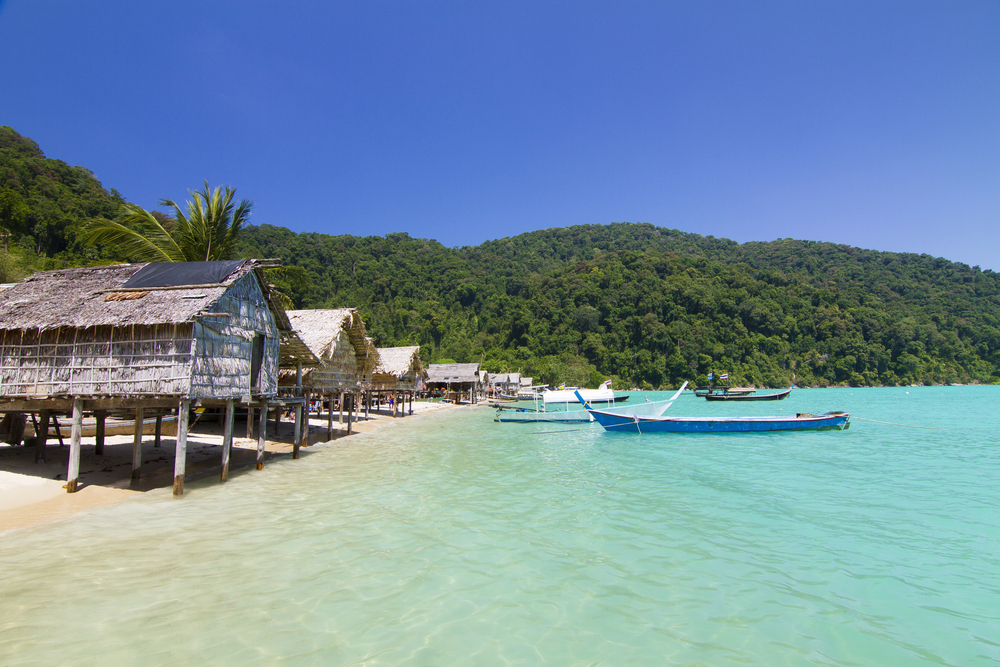
The Comoros’ untouched coral reefs harbor unique marine species and nesting sea
birds. The protected area serves as a crucial feeding ground for numerous whale
species.
Traditional ecological knowledge guides conservation efforts in the marine park. The pristine environment offers excellent opportunities for wildlife photography.
Like Travel Pug’s content? Follow us on MSN.
Praslin – Vallée de Mai
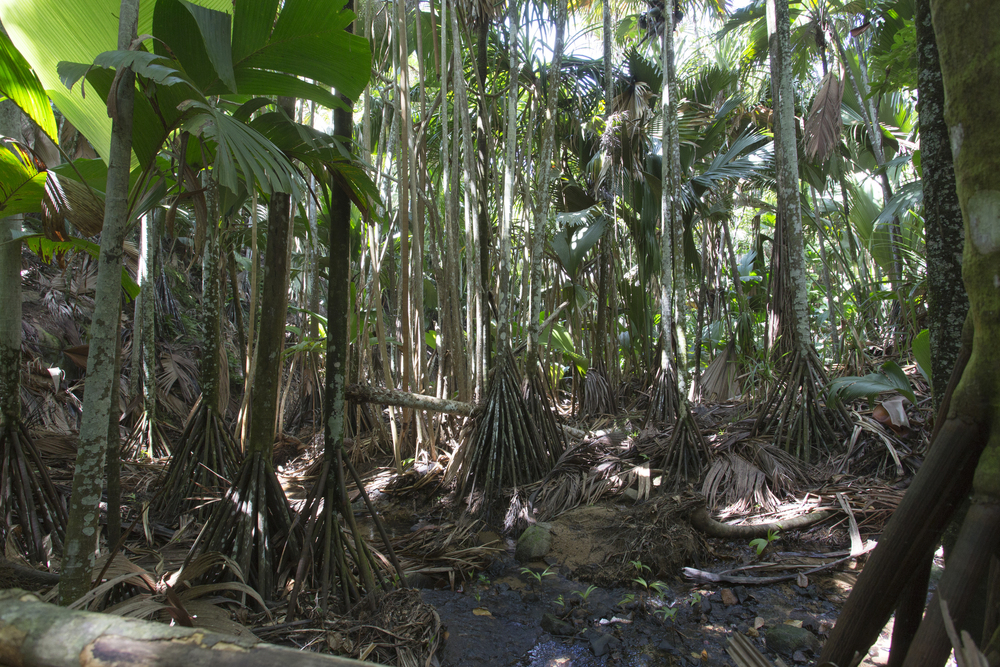
The Seychelles’ ancient palm forest protects the rare coco de mer and black parrot.
This UNESCO World Heritage site preserves a prehistoric landscape that has
remained unchanged for millions of years.
The valley’s unique ecosystem supports numerous endemic species found nowhere else. Guided tours reveal the fascinating relationships between the forest’s plants and animals.
Nosy Mangabe – Special Reserve

This small Madagascan island is a crucial sanctuary for leaf-tailed geckos and aye-
ayes. The dense rainforest provides a perfect habitat for numerous nocturnal
species.
Research stations on the island contribute to our understanding of Madagascar’s unique wildlife. The island’s isolation has helped preserve its pristine ecosystem.
Lamu – Marine Conservation Area
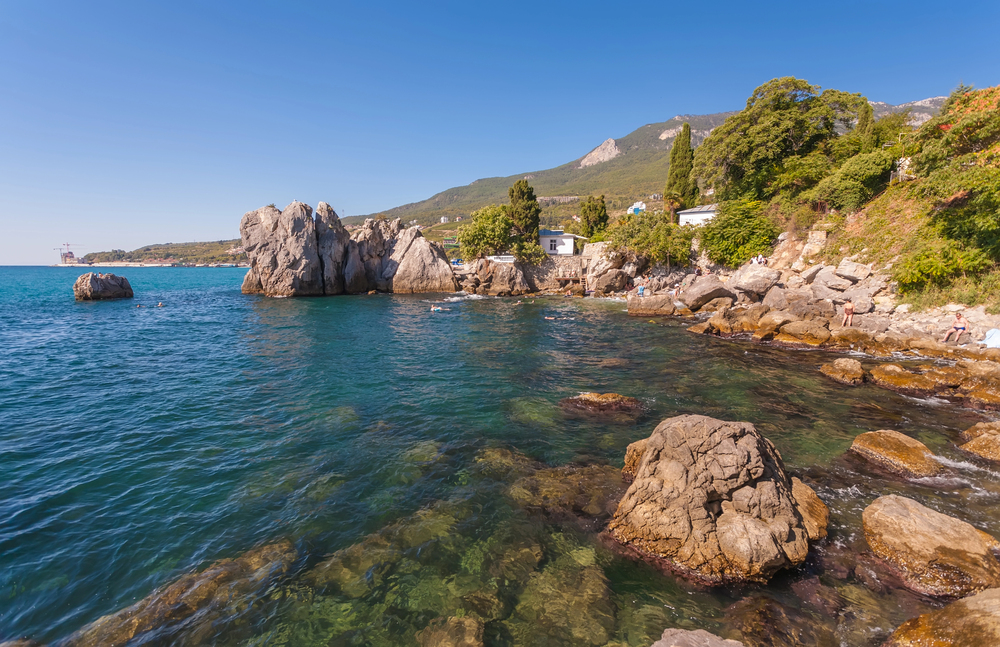
Kenya’s ancient island protects dugongs and traditional fishing practices. The
archipelago’s seagrass beds provide crucial habitat for endangered marine species.
Local communities maintain traditional ecological knowledge passed down through
generations. The area serves as an important study site for marine conservation.
Like Travel Pug’s content? Follow us on MSN.
Silhouette – Marine National Park
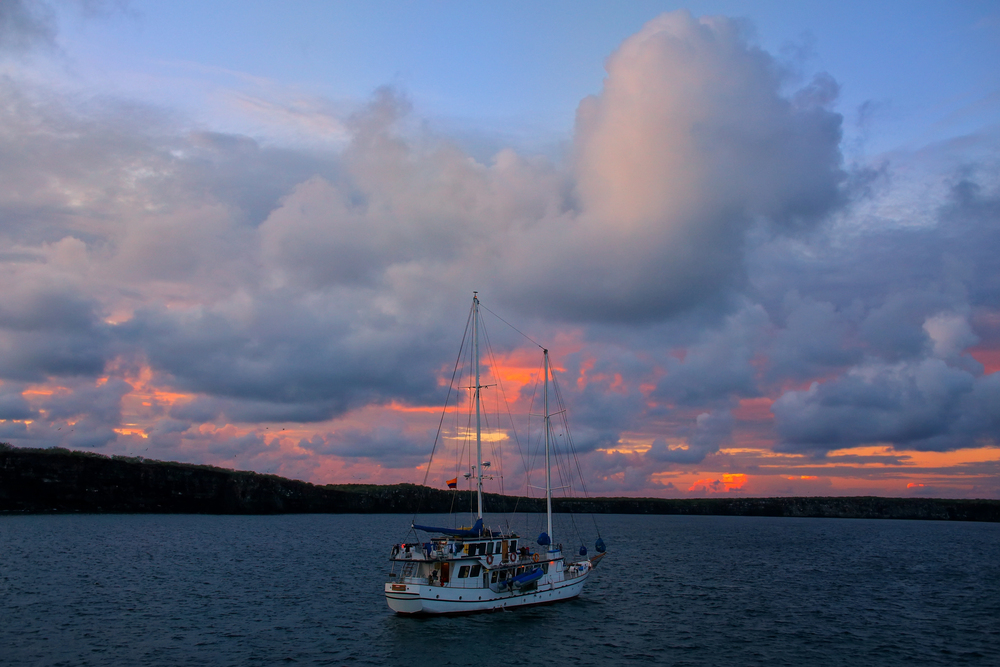
The mountainous island of the Seychelles harbors unique insects and rare sheath-
tailed bats. The protected marine area supports vibrant coral reefs and diverse fish
populations.
Research programs study the island’s unique wildlife and ecosystem connections. The combination of terrestrial and marine protected areas creates a comprehensive conservation zone.
Sainte Marie – Baie d’Antongil
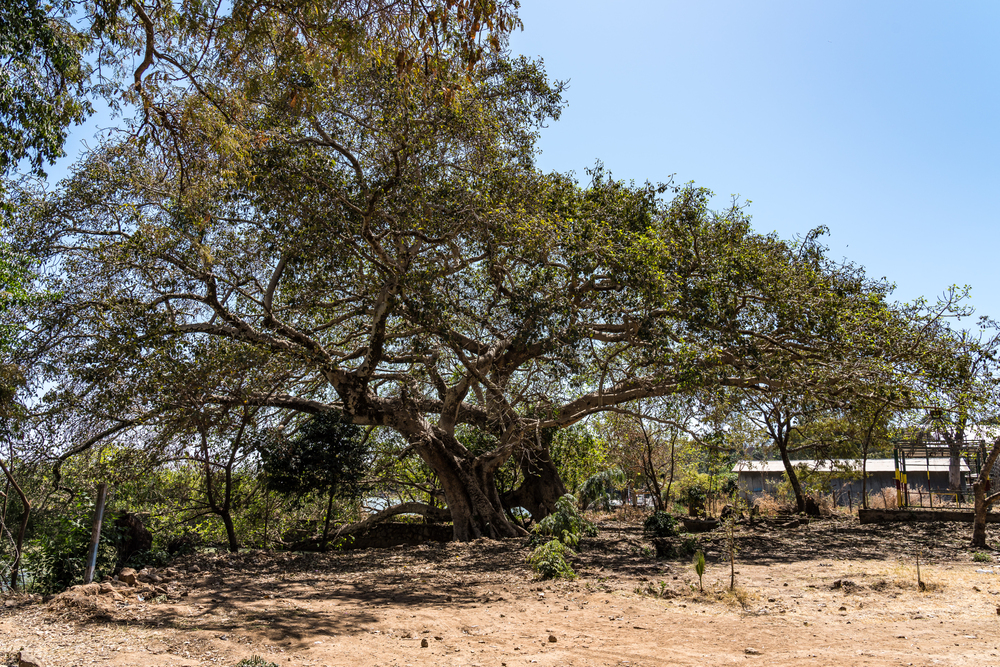
Madagascar’s whale-watching paradise hosts humpback whales during breeding
season. The protected bay provides perfect conditions for whale calving and nursing.
Local guides share traditional knowledge about marine mammal behavior. The island’s location creates ideal conditions for observing these magnificent creatures.
Grande Comore – Karthala Forest
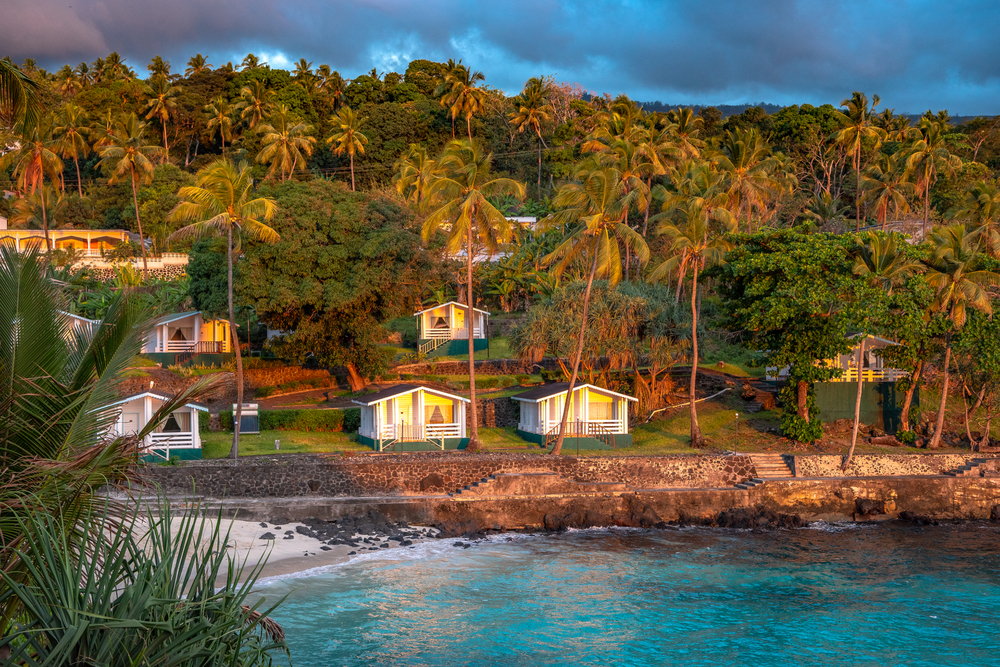
The Comoros’ largest island protects unique bird species in its volcanic forests. The
active volcano creates distinctive habitats for endemic wildlife.
Local communities maintain traditional protected areas called ‘ziaras.’ The forest serves as an important bird area recognized internationally.
Like Travel Pug’s content? Follow us on MSN.
e Comore – Karthala FoYour African Island Adventure Begins Nowrest
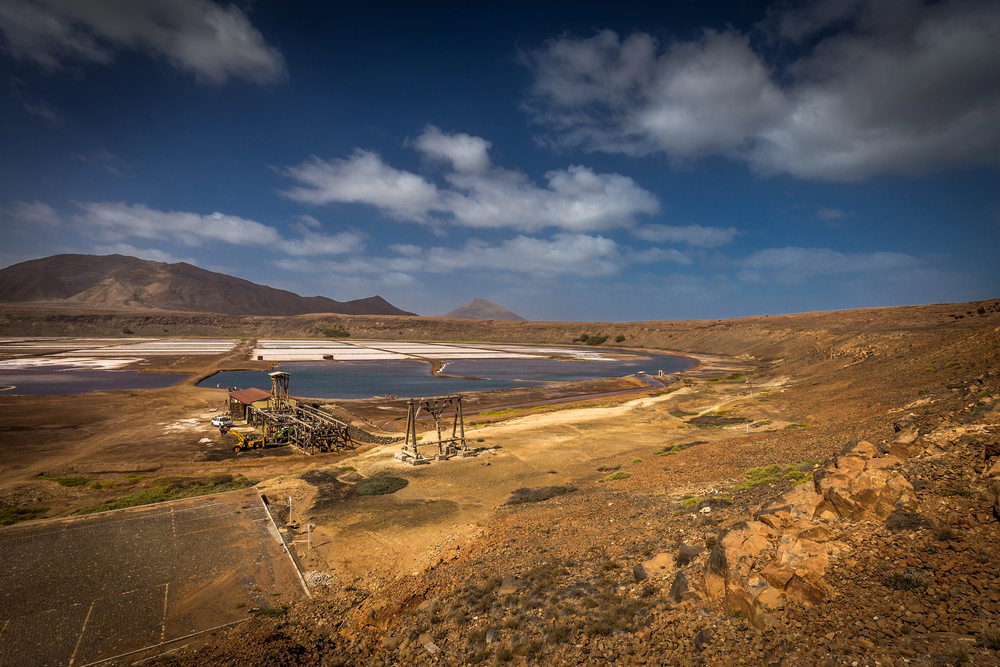
Africa’s islands offer extraordinary opportunities to witness unique wildlife in pristine
environments. These destinations combine conservation efforts with local knowledge
to protect some of Earth’s most remarkable creatures.
Plan your visit with respect for local communities and ecosystems, and prepare for
unforgettable wildlife encounters that will create lasting memories.
More from Travel Pug

- 15 Dangerous European Cities to Avoid
- 15 Caribbean Islands Where Tourists Keep Getting Scammed
- The 20 Most Fascinating Abandoned Places: A Journey Through Time and Forgotten Spaces
- 15 Hidden Places in the Smithsonian Museums Locals Love: A Guide to Lesser-Known Treasures
- 16 Hidden Florida Beach Towns That Aren’t Overrun with Tourists
Like Travel Pug’s content? Follow us on MSN.
